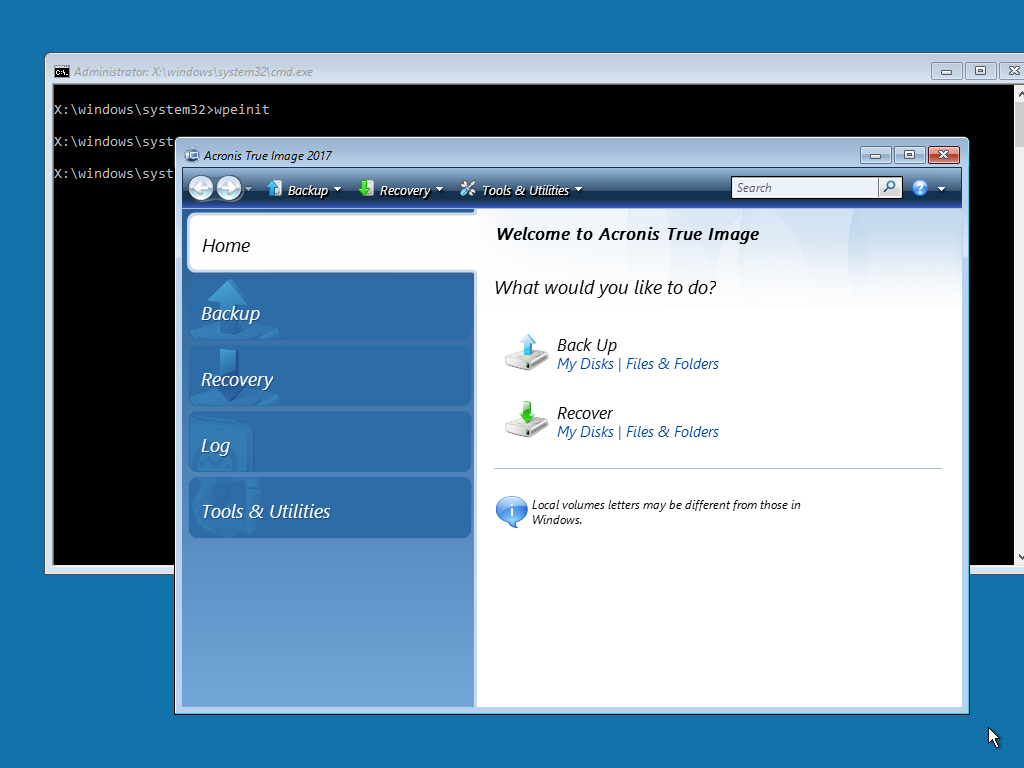

Once you have the necessary drivers on hand, you need to place them to a location Acronis bootable media can access, for example: If you download the drivers in the *.exe, *.cab or *.zip format, extract them using a third-party application (e.g.

The driver files should have the *.inf, *.sys or *.oem extensions. Use the CD or DVD supplied by the hardware vendor or download the drivers from the vendor’s Web site. These drivers are critical to start the operating system. video and sound card drivers, plug and play drivers) are not installed by Acronis Universal Restore, as they can be installed in Windows after the successful migration.īefore applying Universal Restore to a Windows operating system, make sure that you have the drivers for the new HDD controller and the chipset. If there are proper NIC drivers present in the folder with the drivers, Acronis Universal Restore will copy them into the restored system and will schedule their installation on Windows boot-up. hard drive or RAID controller drivers) into the system during the recovery process, so that the operating system can boot from this boot device.

Restoring to dissimilar hardware is not available on Mac (neither for OS X, nor for the Bootcamp partition).Īcronis Universal Restore is a free tool available for Acronis customers, which allows you to make the old system bootable on new hardware.


 0 kommentar(er)
0 kommentar(er)
